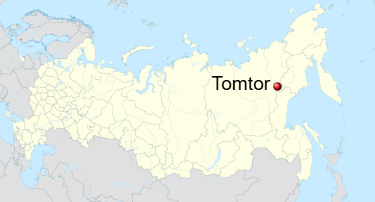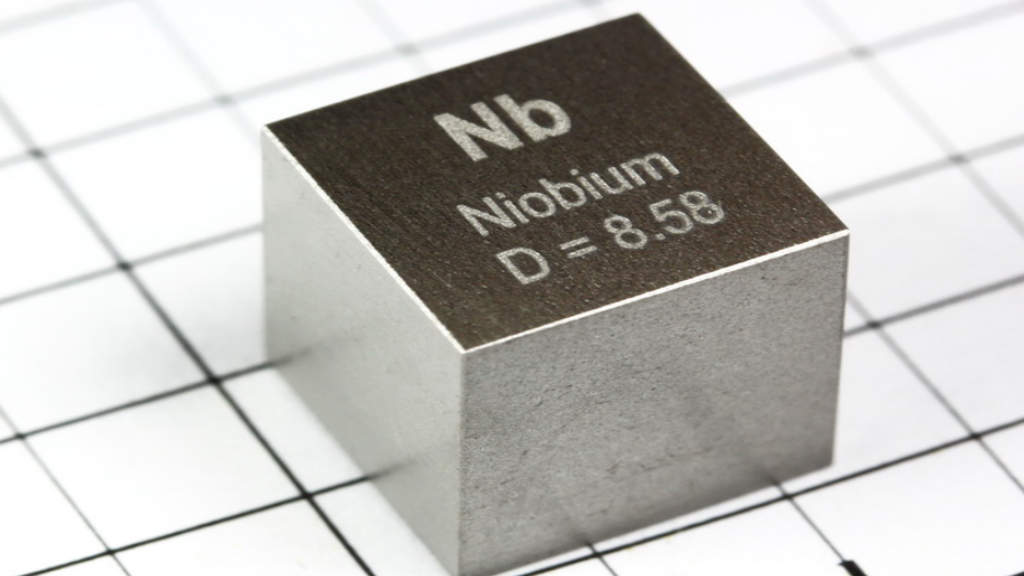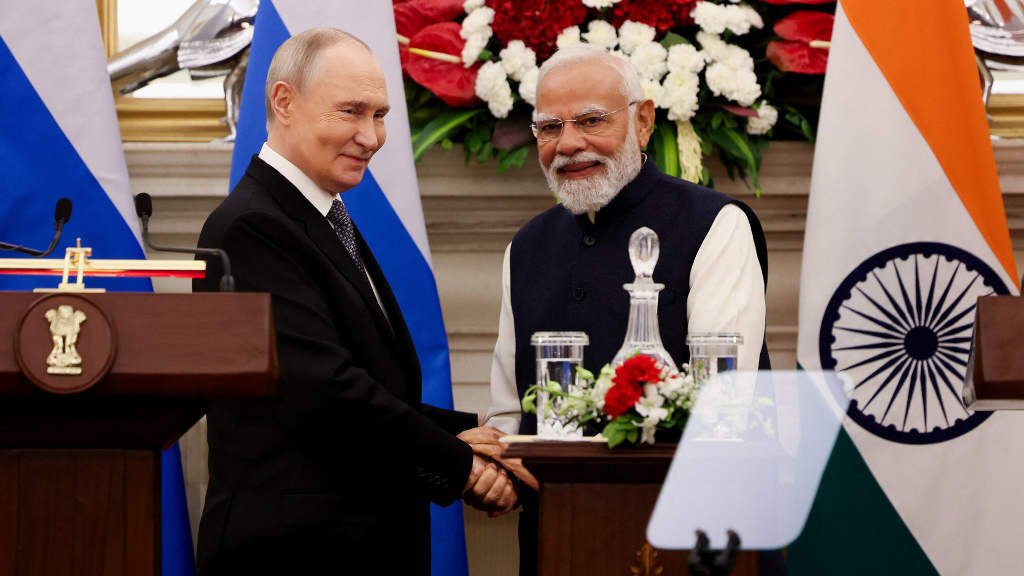Russia’s Rosneft has acquired Vostok Engineering LLC, which holds the license for the Tomtor rare and rare-earth metals (REM) deposits in Yakutia. Tomtor is one of the world’s three biggest REM deposits and is one of the richest in the world in terms of REM content in ore, as well as the world’s largest niobium reserves. The deposit’s Buranny section holds an estimated 11.4 million tonnes of ore containing 0.7 million tonnes of niobium oxide and 1.7 million tonnes of rare earth oxides.
Niobium is a valuable component in various industries, primarily used in steel production, where it enhances strength and corrosion resistance. It’s also used in superalloys for applications like jet engines and rocket components, as well as in superconductors and as a biocompatible material for medical implants. Niobium is also used in nuclear reactors as a neutron absorber. It has applications across numerous Russian industrial applications.
Rare earth oxides are diverse and have unique properties, making them valuable in various applications, particularly in technology and energy. Typically, the most valuable rare earth elements are oxide compounds.

The project to develop the Tomtor niobium-rare metal deposit is included in the state program “Development of Industry and Enhancement of its Competitiveness”. According to experts’ estimates, the Tomtor project will change the global market of rare and rare-earth metals and create a new industrial sector in the country. According to the industry development strategy, by 2030 the country intends to become one of the five largest producers of rare earth metals with a global market share of up to 12%, reducing competition from China.
According to the U.S. Geological Survey, in 2024, the world’s rare earth reserves are estimated at 90 million metric tons, of which China holds the largest share at 44 million metric tons. Brazil is in second place (21 million metric tons), followed by India (9.6 million metric tons), followed by Australia (5.7 million tons). Russia’s reserves are estimated rather modestly at 4.4 million tons, although this does not yet include additional reserves expected to be uncovered in the Russian Far East. If predictions are correct, Russian rare earth reserves could actually amount to 12.5 million tons. The United States subsoil contains 1.9 million tons of rare earths.
A total of 18 REM deposits have been explored in Russia. One of the key ones is Tomtor, and large reserves are also found in the Lovozero massif on the Kola Peninsula, where lanthanides are mined. These are used in superconductors, rare-earth magnets, magnesium alloys, catalysts and hybrid car components (primarily batteries and magnets) and optoelectronics applications, such as lasers and fibre-optics.
REMs are also present in the Donbass region as part of coal deposits, magnesium, iron and aluminum ores, and clay rocks.
Further Reading





